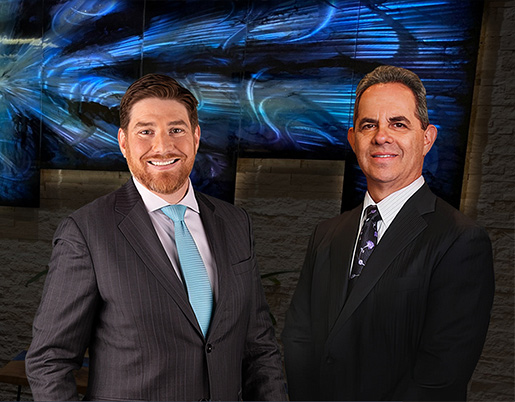 In February 2009 over one hundred complaints had been made to The National Highway Traffic Safety Administration (NHTSA) Office in regards to 2010 Prius brakes that do not always function correctly. An internal NHTSA agency memo indicated that the issue was a “short delay” in regenerative braking when hitting a bump. Japan’s Ministry of Transportation ordered Toyota to investigate Prius braking problems after it received 14 complaints, and Toyota received 77 complaints in Japan. On February 9, 2010 Toyota announced a voluntary global recall of third generation 2010 Prius models. A total of 133,000 Prius vehicles in the U.S. and 52,000 in Europe received software updates to fix the problem.
In February 2009 over one hundred complaints had been made to The National Highway Traffic Safety Administration (NHTSA) Office in regards to 2010 Prius brakes that do not always function correctly. An internal NHTSA agency memo indicated that the issue was a “short delay” in regenerative braking when hitting a bump. Japan’s Ministry of Transportation ordered Toyota to investigate Prius braking problems after it received 14 complaints, and Toyota received 77 complaints in Japan. On February 9, 2010 Toyota announced a voluntary global recall of third generation 2010 Prius models. A total of 133,000 Prius vehicles in the U.S. and 52,000 in Europe received software updates to fix the problem.
NHTSA has received at least 10 reports of unintended acceleration on Prius models that Toyota claims to have already been fixed under its recall. The Associated Press reported on March 5, 2010 that additional complaints may be a psychological response of “mass hysteria” to “relentless media coverage” of the Toyota recalls.
Below are two accounts of runaway Prius’s that Toyota concluded the problem was driver related as they could not find anything wrong with the car.
On March 8,2010 the California Highway Patrol (CHP) received a 911 call from a man speeding down a California highway at 90 mph in his 2008 Toyota Prius. James Sikes, the driver of the vehicle claimed that his gas pedal was stuck and pressing the brakes would not slow down the car. The highway patrol officer at the scene says he could see the brake lights turn on and off periodically, and he could smell the heated brakes from a quarter mile away.
When the officer told Sikes to shift to neutral Sikes refused, later telling reporters he feared shifting to neutral would cause him to loose control of the car. Eventually, the car stopped on its own by applying the foot brake and parking brake at the same time.
Toyota’s investigators examined the car and found that the accelerator pedal was functioning normally with no mechanical binding or friction. However, the front brakes showed severe wear and damage from overheating. One of the most surprising Toyota findings was evidence of numerous, rapidly repeated on-and-off applications of both the accelerator and brake pedals. Sikes insisted he was pressing hard on the brakes to stop the car, so repeated application of the gas pedal does not seem to make sense, says Toyota. Toyota’s engineers also purposely overheated the brakes, but could still stop the vehicle.
On March 9, 2010 a similar story in New York involved a housekeeper who said that the 2005 Toyota Prius she was driving sped up on its own down a driveway and crashed into a stone wall. The driver of the car was not seriously hurt, but the car was totaled.
The NHTSA said the computer data from a Toyota Prius showed that at the time of the accident the throttle was open and the driver was not applying the brakes.
 In the recent shadow of Toyota’s unintended acceleration, Toyota has offered price and loan incentives to get customers back in the doors and buying automobiles. Honda, in an attempt to not fall behind, is offering its biggest deals ever, starting a price war which could leave other automobile manufacturers behind. The irony of this price war is that it is being started by Japanese automakers which historically don’t use these types of tactics. American automakers have been cautious about entering the price wars since they do not have a lot of cash to offer incentives.” said Aaron Bragman, auto industry analyst at IHS Global Insight.
In the recent shadow of Toyota’s unintended acceleration, Toyota has offered price and loan incentives to get customers back in the doors and buying automobiles. Honda, in an attempt to not fall behind, is offering its biggest deals ever, starting a price war which could leave other automobile manufacturers behind. The irony of this price war is that it is being started by Japanese automakers which historically don’t use these types of tactics. American automakers have been cautious about entering the price wars since they do not have a lot of cash to offer incentives.” said Aaron Bragman, auto industry analyst at IHS Global Insight.









